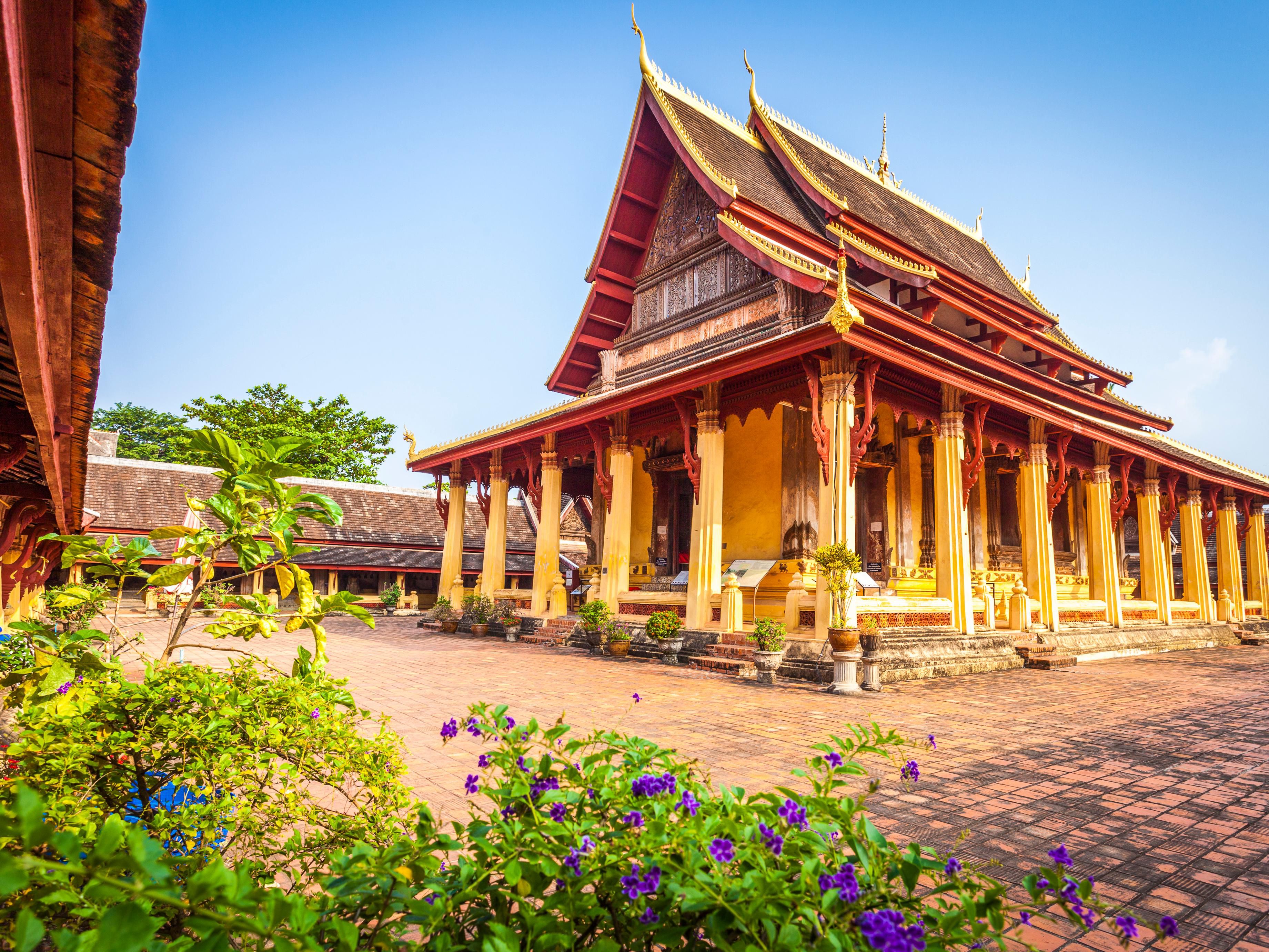Crowne Plaza Vientiane Local area
Vientiane is known for its old-world charm, from the slow pace of life to the kindness of the locals, a foodie heaven where you can sit alongside the colonial buildings, drinking some of the superb locally grown coffee as the Mekong glides by.
- In the Heart of the City
Reservations:
Front desk: 856-21-908888
Building A, 20 Samsenthai Road Nongduang Nua Village Vientiane, 01000 Laos
Check-in: 3:00 PM
Check-out: 12:00 PM
Minimum check-in age: 18



